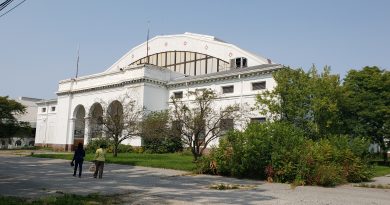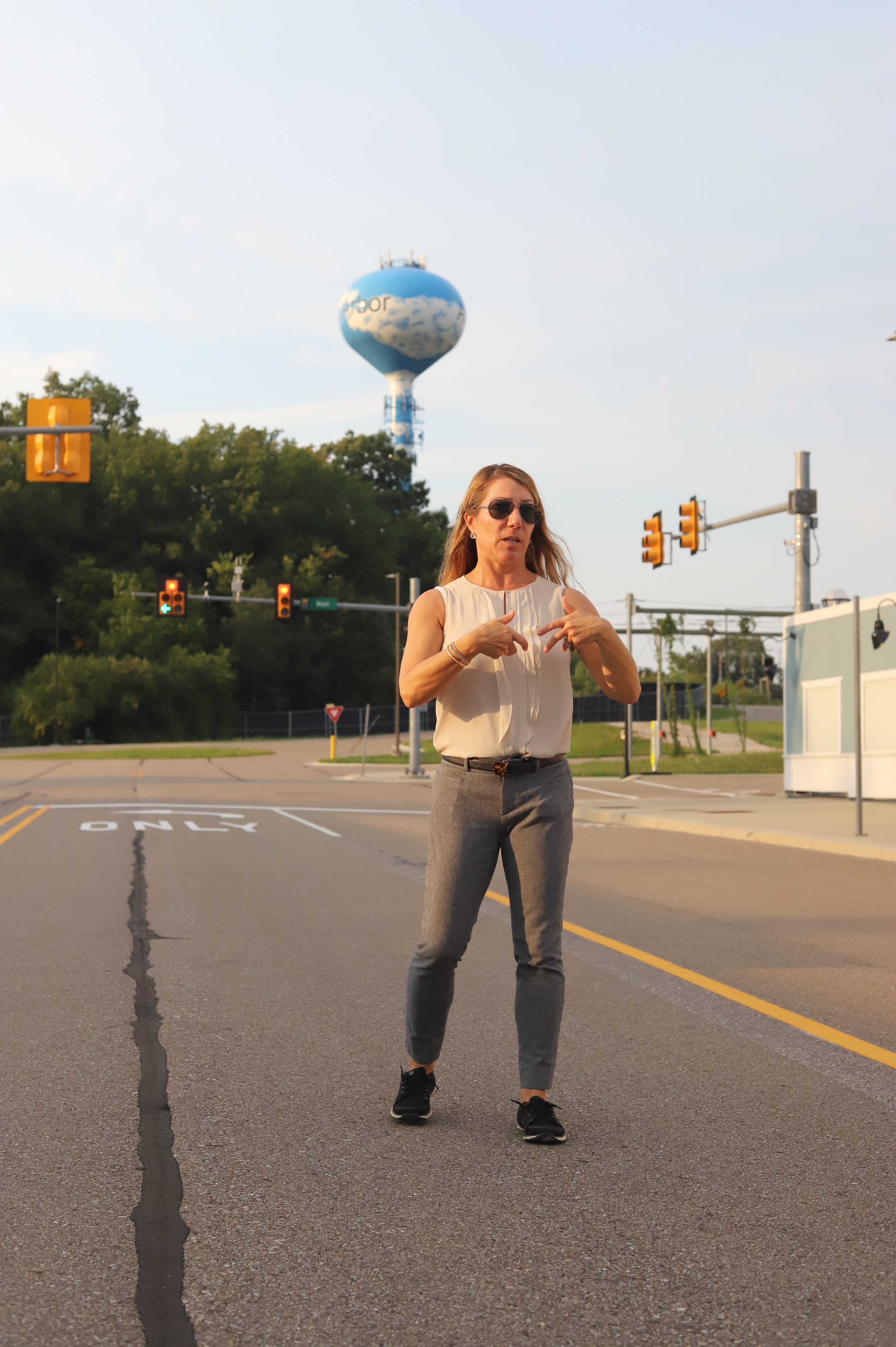Travel Writing: Density, Mobility, and Dreams of a Better New York
I spent the long MLK weekend in New York City for some family visits, friend visits, professional prospecting, and some other familial obligations in North Jersey. I figured I would use it as an opportunity to reflect on some comparisons between Detroit and New York, a city that I spent a lot of time in growing up with a Brooklynite as a father and a bunch of family in the borough.
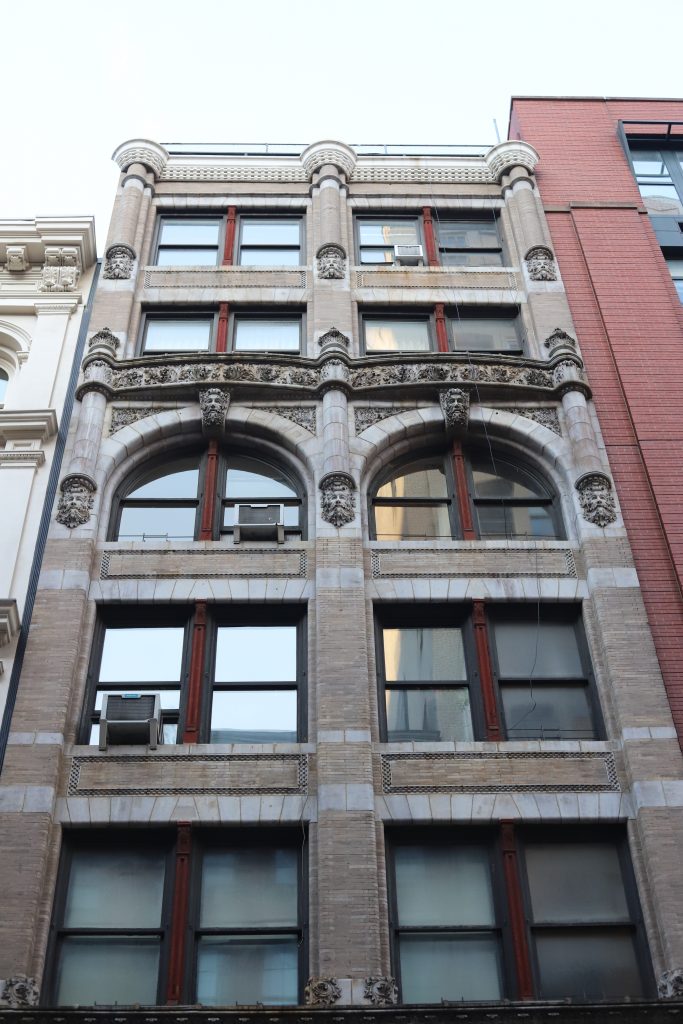
THE MTA
The country’s crown jewel transit agency has come under a lot of fire for massive cost overruns on capital expenditures, decaying infrastructure, and an ongoing struggle, along with citywide street infrastructure and policy, to mitigate congestion that has choked the city in recent years with an influx of new growth without concomitant investment in alternatives to the automobile. NYC has some serious congestion pricing, but it’s not necessarily twinned with improved service in the MTA. Accessibility, for example, is way behind the times.
To be clear, I blame Robert Moses for most of this.
Though the MTA bears its fair share of criticism, much of this honestly seems to come from New Yorkers. Visitors to the city can enjoy access to transit infrastructure largely unknown in most of the rest of the country. And, if we’re being honest, legit New Yorkers never seem satisfied with anything. They love their city and they love to gripe about it. It’s part of the literal and figurative processes of jostling that come with so much density. Narrow subway steps during rush hour are a constant crush. This is a common thread among both natives, transplants, and visitors alike. A stroll along Manhattan’s High Line, even in cold months, inevitably results in being manhandled by throngs of Chinese tourists.
Charmingly, though, while New Yorkers may seem cold to outsiders, this impatience and fast pace is really just part of the way of life. They’re not actually mad at you. They might well be mad with you!
I paid homage to my corporate overlords in Hudson Yards. The monumental real estate development project, led by maybe-kinda-criminal and known Donald Trump consort Stephen Ross, was impressive for its use of what is certainly the most convoluted and gerrymandered TIF district this country has ever known. The TIF helped deliver a multibillion dollar public subsidy to the project, where the Related Companies now collect rent from companies to which my own household even pays money for goods and services.
So it goes.
Hudson Yards also features a giant shwarma. You can walk to the top, but you have to stand in a long line.
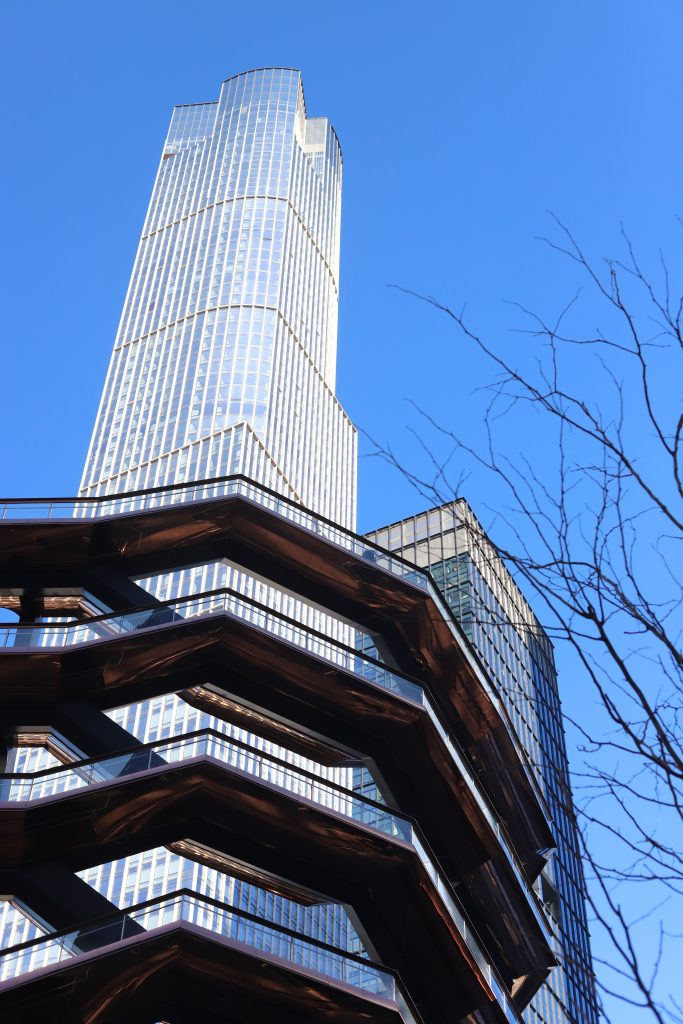
The only saving grace of Hudson Yards– apart from the perhaps fanciful idea of Stephen Ross being sent to the guillotine when President Bernard Sanders rides on his solar-powered mechanical dream unicorn to the rescue of the American Worker- is Connor O’Malley’s parody Hudson Yards Video Game.
THE EBIKE REIGNS SUPREME– SORT OF
Excepting one incident in Chinatown where the three of us were nearly plowed down by a rider who sped from the street onto the sidewalk, weaving through a crowd, I don’t think I found the cyclists any more dangerous than, say, Chicago, which, for the most part, has far wider streets and far wider sidewalks, but which, I’d also say, is probably more bikable than New York owing to its wider and more predictably gridded streets. I had a few people tell me that they are terrified to bike in New York because of the way people bike– and because of how aggressive cars are. Bike theft is rampant.
“I feel like when I was growing up, you’d turn on the TV and it’d be stories about fires in Jersey or something, and now it’s about cyclists getting killed in the city,” my cousin mused. This has indeed made the news. And no one is particularly happy about how slow policymakers have been to fix it.

But the eBike, despite its place in regulatory limbo (n.b. “illegal“), is ubiquitous among deliverymen. Frame tubes and sometimes even entire frames are wound with electrical tape or even old tire tubes, which, I’m told, protects them from scuffs, and may make them less appealing to thieves. Most eBikes I saw were the Chinese variants with the hub motor and a chunky, aluminum-cased battery directly behind the seat tube.
The NYPD, ever the good steward of public dollars, has spent millions of dollars to crack down on eBikes. It also spends millions of dollars cracking down on fare evasion on the MTA. In the case of the former, critics point out that cyclist-caused fatality rates are so low that they aren’t even tracked. And in the case of the latter, it costs more to prosecute a fare evader than it can potentially produce in revenue.
Critics also point out that the MTA is spending the better part of a billion dollars on a new fare control system. (The same defense contractor that sold Chicago the Ventra system, whose rollout when I lived there in 2014 was a minor disaster.) If the agency is losing $215 million a year to fare evasion, it’s spending, by most estimates, hundreds to one to ticket or, heaven forbid, incarcerate fare evaders. The growing popularity in the academic urbanist community of the idea of free transit suggests that it would be far more valuable to not spend money going after fare evaders at all, given the tangible benefit transit accessibility has in reducing congestion and encouraging active living.
POCACITO MINI-REUNION
I enjoy any opportunity to sing the praises of the POCACITO, or Post-Carbon Cities of Tomorrow, study program. The program is organized by the DC and Berlin-based Ecologic Institute. I did one trip to Germany with POCACITO and later hosted fellows from Germany, Denmark, Portugal, and Italy on a trip to Detroit. By random coincidence, of the 20 people in my cohort, three of them– current New York State Assembly candidate and former CDP sustainable cities specialist Katherine Walsh, Jeannine Cooper, currently with Bright Power, and Jonathan Lemmond, now with JLL and formerly with Baumann Consulting, live in Brooklyn. We visited Jon in Bay Ridge and had a great time!
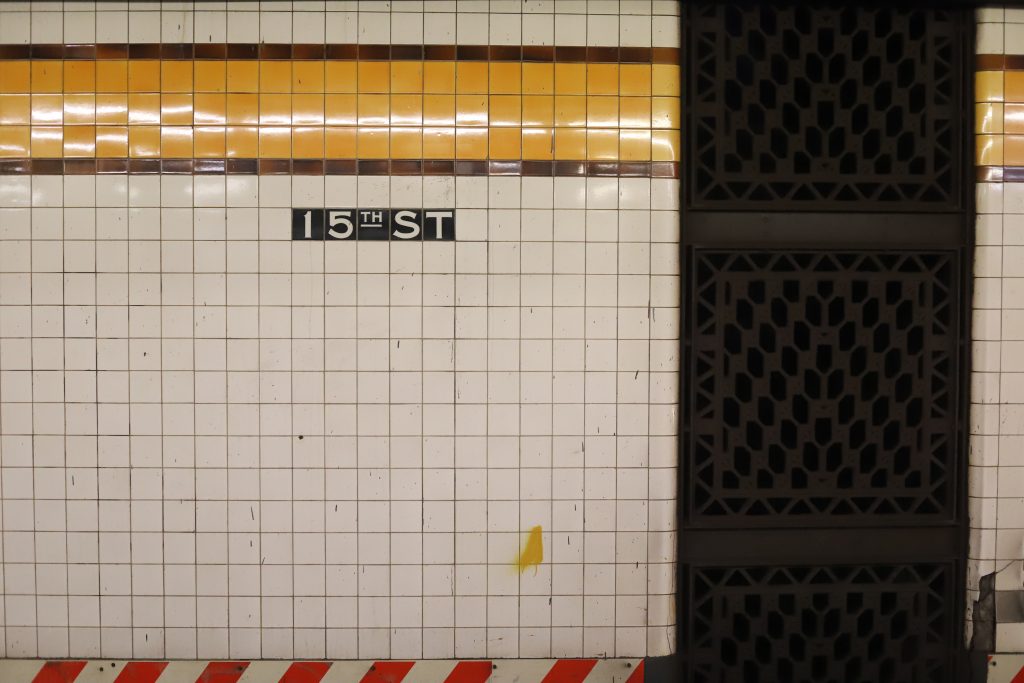
NEW JERSEY TRIP
Perhaps the most surprising moment of the trip was our cross-border trip to Emerson, New Jersey. We took the F train from Park Slope to Manhattan and walked a couple of blocks from Bryant Park to the Port Authority New York bus terminal. I paid homage to fellow members of the Lying Liberal Mainstream Media as the facility fronts the iconic façade of the New York Times. The terminal, which is marginally less dingy and far more spacious than its locomotivated counterpart, nearby Penn Station, boasts 223 gates. Buses leave every minute to points near and far. It’s notable that NJ Transit, which operates commuter rail and bus services across the heavily suburban and urbanized state, has a fleet larger than Amtrak.
Within ten minutes, we had walked in the door, purchased two one-way tickets for $12 total, and boarded a bus departing for New Jersey. The door-to-door trip took an hour and forty-five minutes. This sounds like a lot. But this is comparable to a door-to-door trip between, say, my house in Detroit and the airport.
Referring back to the Matt Maddock tweet thread, in which the Milford, Michigan state representative asked transit aficionados to tweet at him pictures of full buses because he seemed to think that they were all empty (Twitter was, of course, all too happy to oblige), our return bus was standing room only and packed with humans of every shape, color, creed, and nationality. NJ Transit boasts a respectable 40-50% farebox recovery ratio, and it showed in this packed bus on an ultra-frequent route!
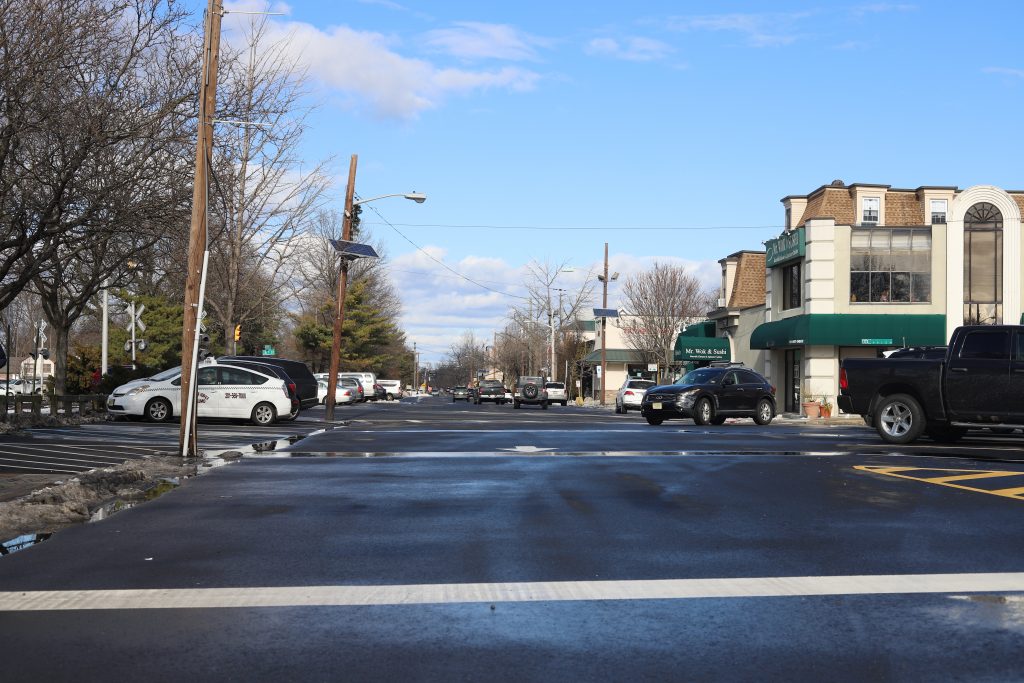
MANHATTAN
Walking around the New Manhattan was perhaps the most disorienting part of the trip. It was not my familiar Manhattan but rather a landscape of perpetual construction of glassy, new buildings.
A few weeks ago, I wrote about the trend of supertall skyscrapers and pointed out that it’s nearly impossible to make them make any financial sense. This was ever more apparent. It is not the New York of my youth. People are buying buildings for $1,000 a square foot and spending $3,000 a square foot on new ones. The math doesn’t work. Don’t believe me? Just wait til the next bubble bursts– and we’ll see.
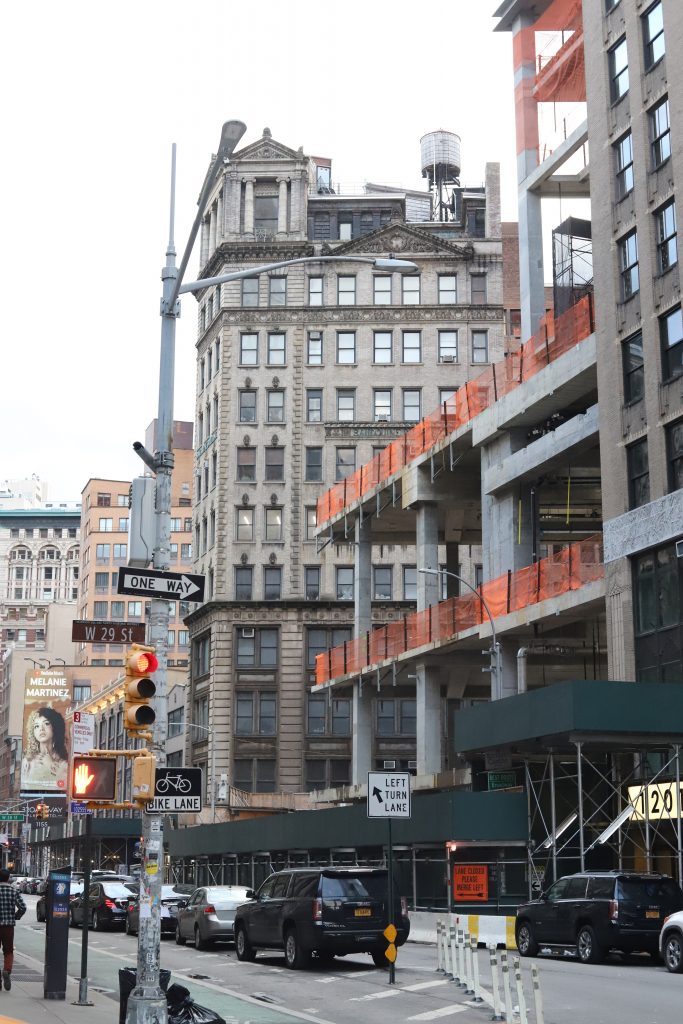
It is, however, always nice to enjoy New York’s well-developed commercial landscape, though. And food. Endless food. Affordable food, even. Although I can’t quite get my head around how a city with any iota of dignity can charge $10 for a beer. Really.

AND … BACK HOME
My flight to La Guardia was delayed in leaving Detroit. My return flight from Newark was also delayed. But I did use the time to read up on the Air Train, a monorail connecting EWR Amtrak to the airport itself. It is a minor disaster, but being replaced in a multibillion dollar project. And talk about fare recovery ratios– $7.75 one way.
Upon landing, I checked my phone. My first Twitter mention (@nzorach) was from a guy tagging everyone and their mother to rant, in response to a comment I made about transit in Michigan, about how buses are a UN Agenda 21 Globalist Socialist Conspiracy. Sic transit gloria Michigandi, I guess, am I right?
(This article is a peripheral entry in a series on transit and mobility.)



